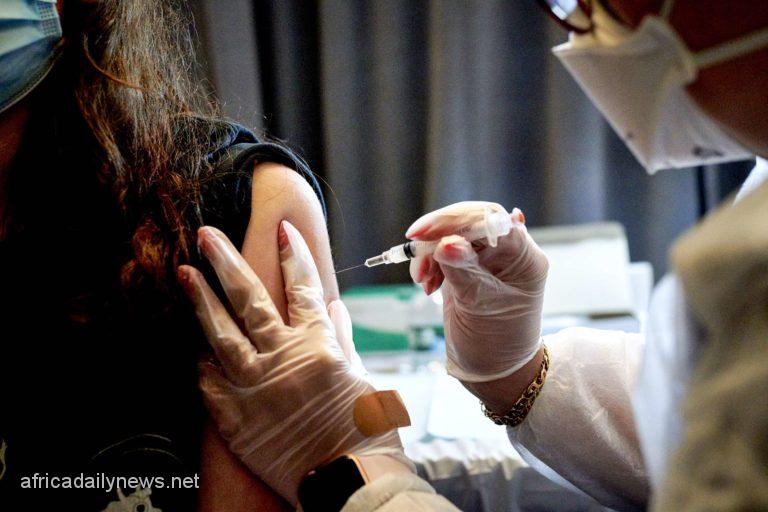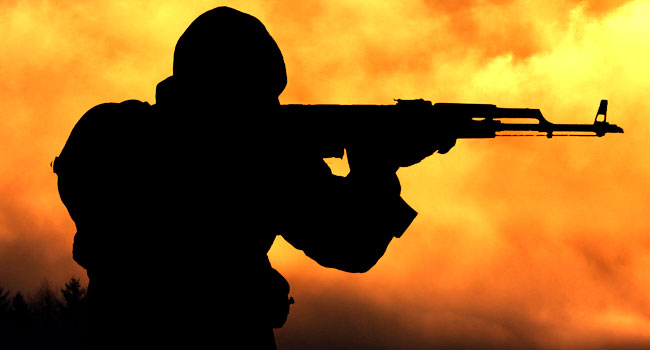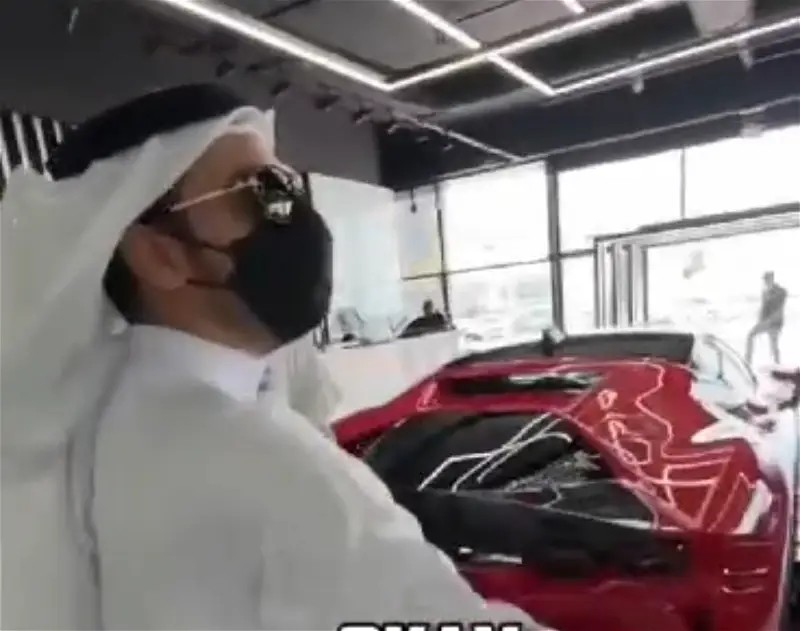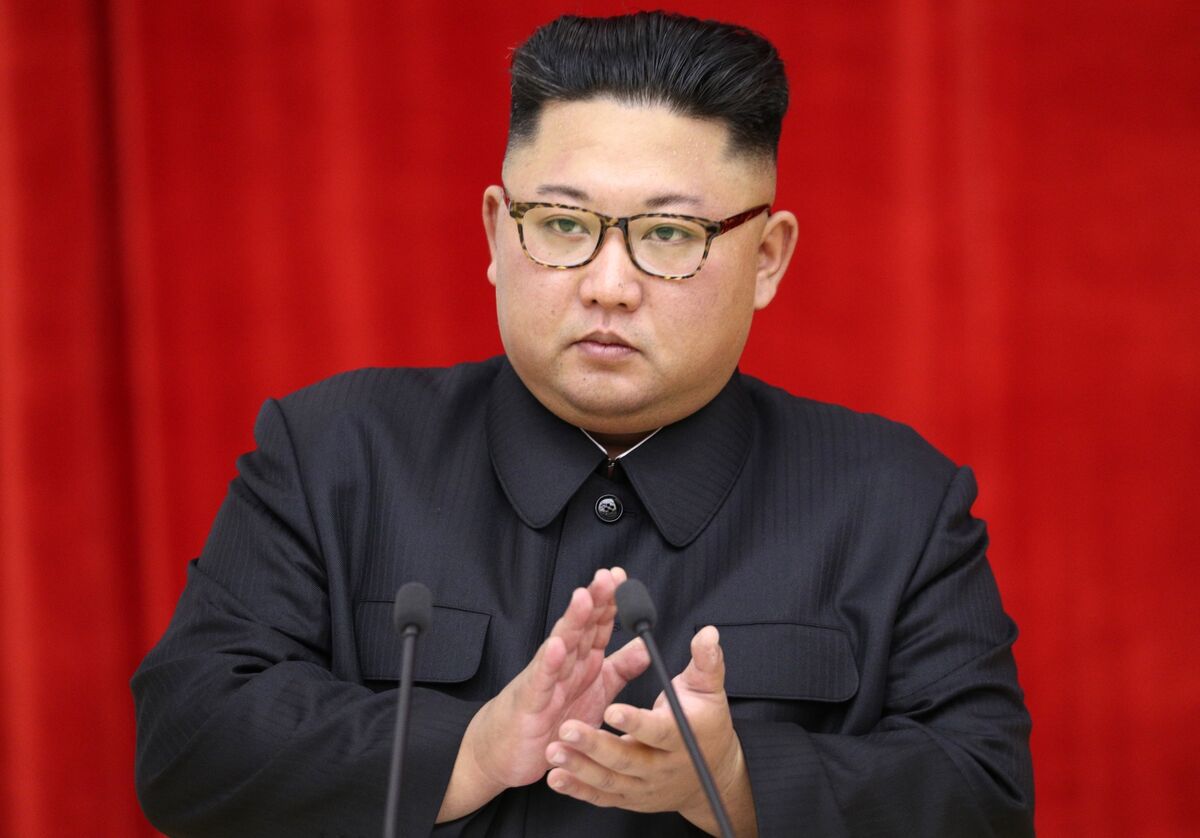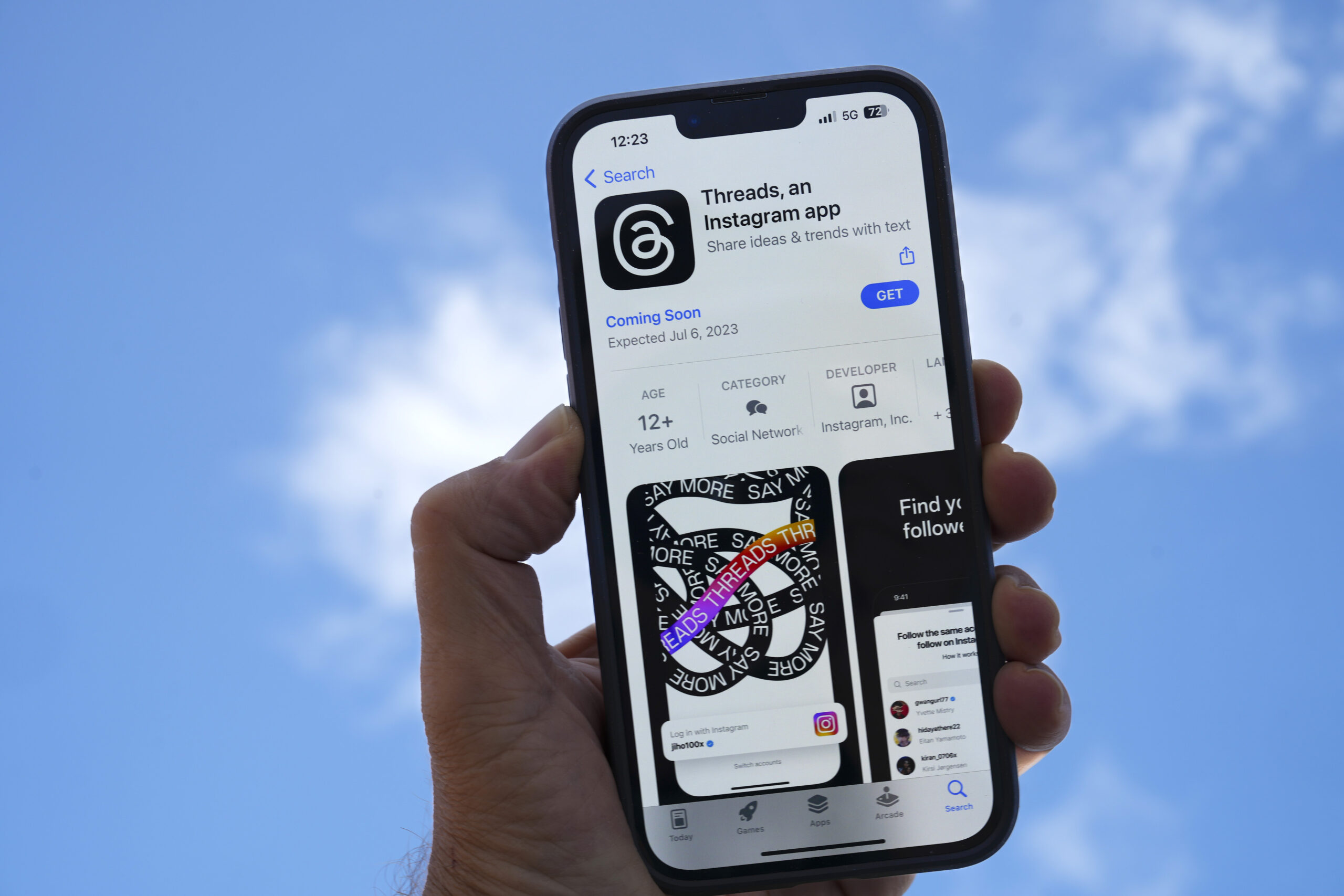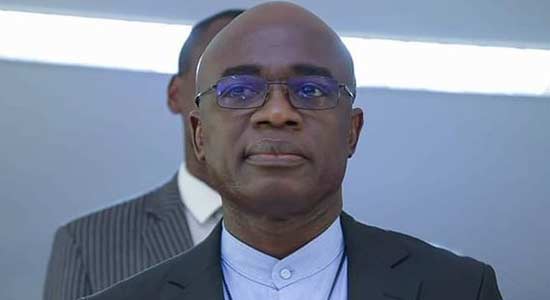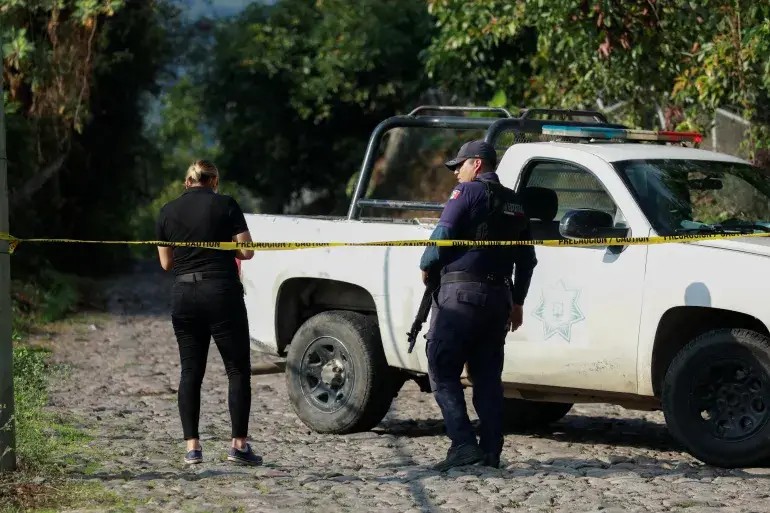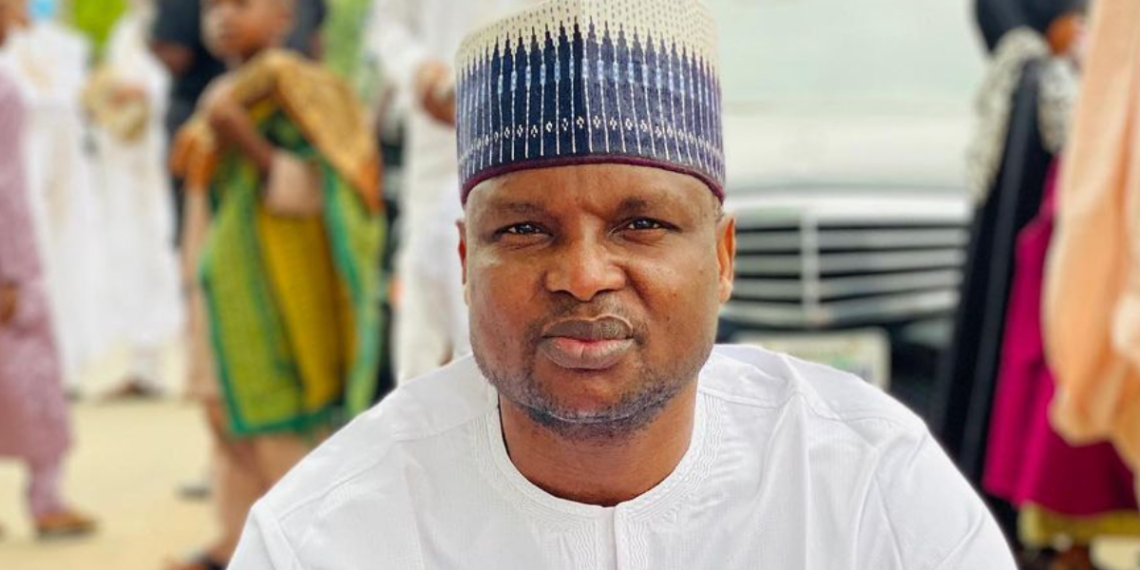In some fresh moves, some of the top New York City health leaders have voted on Tuesday to fully rescind the strictest-in-nation COVID vaccine mandate which had been implemented by former New York Mayor, Bill de Blasio in some of the waning days of his administration which has been described as the last signoff which is needed to end the program next week.
It has also been revealed that vaccine mandates for high-risk extracurricular activities in schools will end, too.
Both votes had been unanimous.
Read Also: Judge Blocks New York State From Banning Guns In Church
The rules will also be expiring on Tuesday, Nov. 1, in some accordance with Mayor Eric Adams’ late September announcement and at that point, some of the private employers will have the option to keep the mandate if they want, but it won’t be required any longer by city health ordinance.
Staying in effect, though, will be the vaccine mandate for tens of thousands of municipal workers, many of whom have expressed frustration they must comply with protocol no longer considered necessary outside the public domain.
Adams, who kept the private-sector mandate in place when he took office earlier this year despite protest, said in late September the private rule would end on Nov. 1.
He insisted, though, that the city’s workforce of more than 300,000 employees continue to lead by example and kept the municipal order in place. It’s not clear when that might end.
In another report, New York City has launched an emergency tent shelter to provide shelter for an influx of asylum seekers being bussed into the city by the Republican leaders of Texas and other US states in advance of critical midterm elections early next month.
Africa Daily News, New York reports that the first arrivals were brought on Wednesday to the Humanitarian Emergency Response and Relief Center on Randall’s Island, which will serve as a temporary home for 500 single migrant men, according to the city.
end of list
The asylum seekers were dropped off in New York City after long journeys that began in Venezuela and other countries south of the United States border with Mexico, which has seen an increase in arrivals in recent months.

